Previous Exhibitions
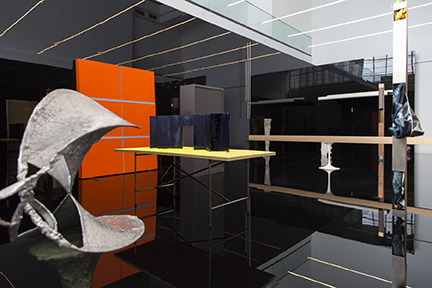
Putting together an exhibition with Armando Andrade Tudela is like undertaking a trepanation. It’s making a hole in the artist’s head and inserting our fingers. Opening up his work to take the pressure off. Cutting a doorway into an artist’s system and sending him off down new roads to adventure.
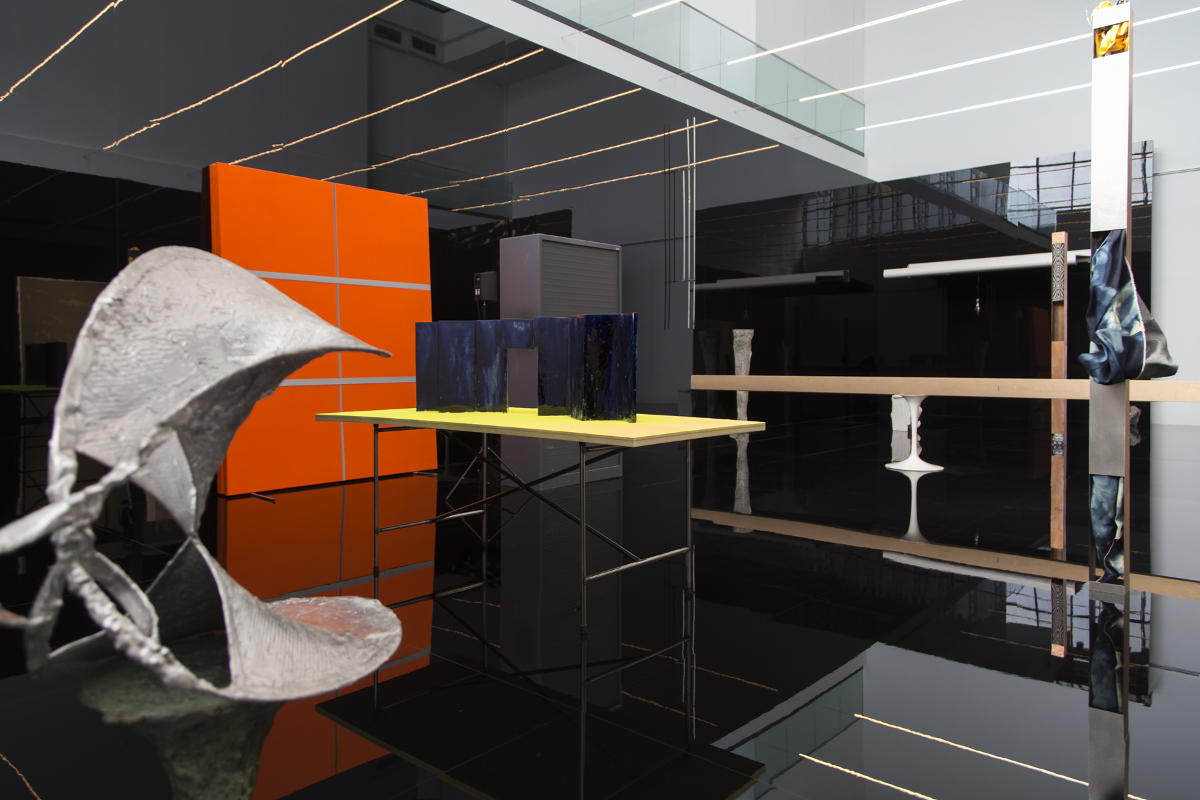
Autoeclipse, de Armando Andrade Tudela, explora formas de montaje aún inéditas, gracias al comisariado del artista Daniel Steegmann Mangrané. Las obras presentadas funcionan a partir de las tensiones que crean con sus predecesoras, con la biografía del propio Armando y con la evolución política y social de los lugares en los que el artista ha residido, reflexionando así sobre el quehacer artístico tanto en su faceta pública y social como en aquella más íntima y privada.
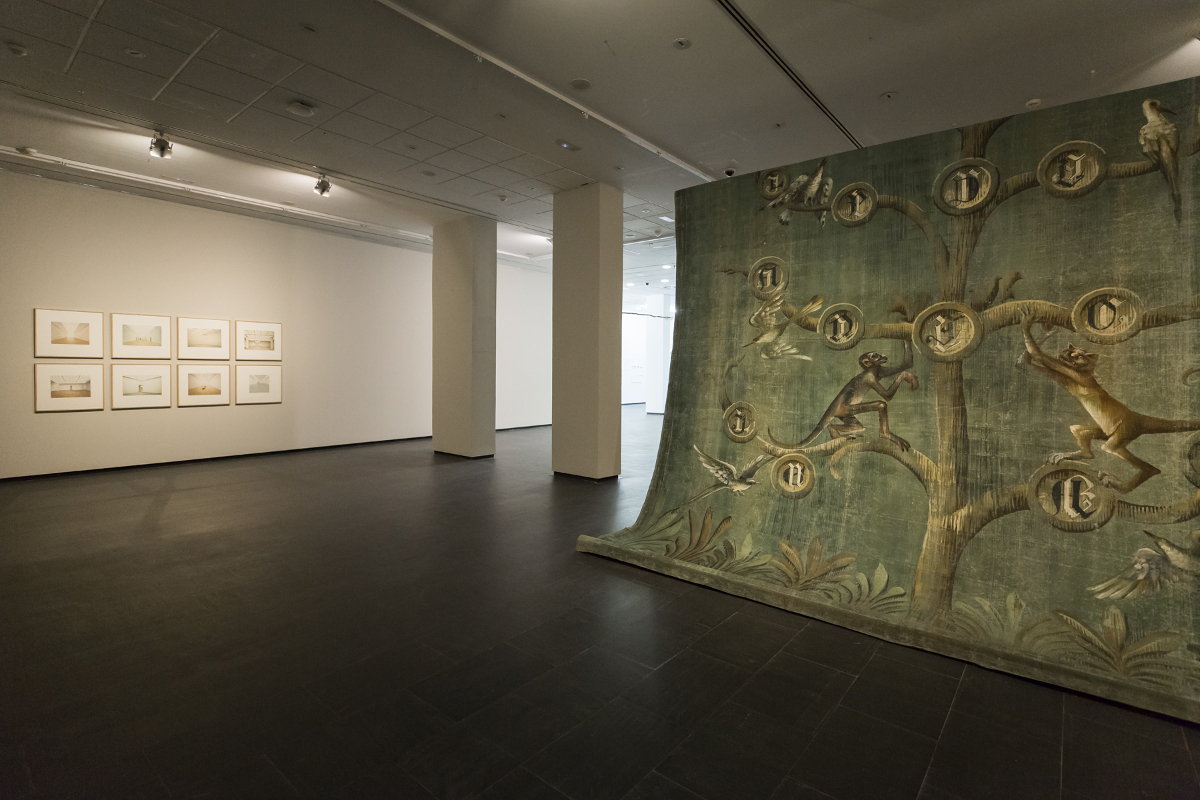
La exposición de Charlotte Moth, comisariada por Caroline Hancock, forma parte de las invitaciones que el CA2M Centro de Arte Dos de Mayo hace regularmente a artistas para que trabajen sobre sus colecciones. La artista ha trabajado en un proceso asociativo que responde a la materialidad del edificio y de su espacio expositivo centrado en tres de las obras de las colecciones y en sus posibles interconexiones: dos partes de un fondo de escena pintado por Leonor Fini en los años 50 encargado por Antonio el Bailarín, el gouache Sin título de 1989 de Sol LeWitt y la serie Deutsche Museen [Museos alemanes], investigación fotográfica sobre los museos de arte contemporáneo en Alemania realizada por Elmgreen & Dragset en 2005.
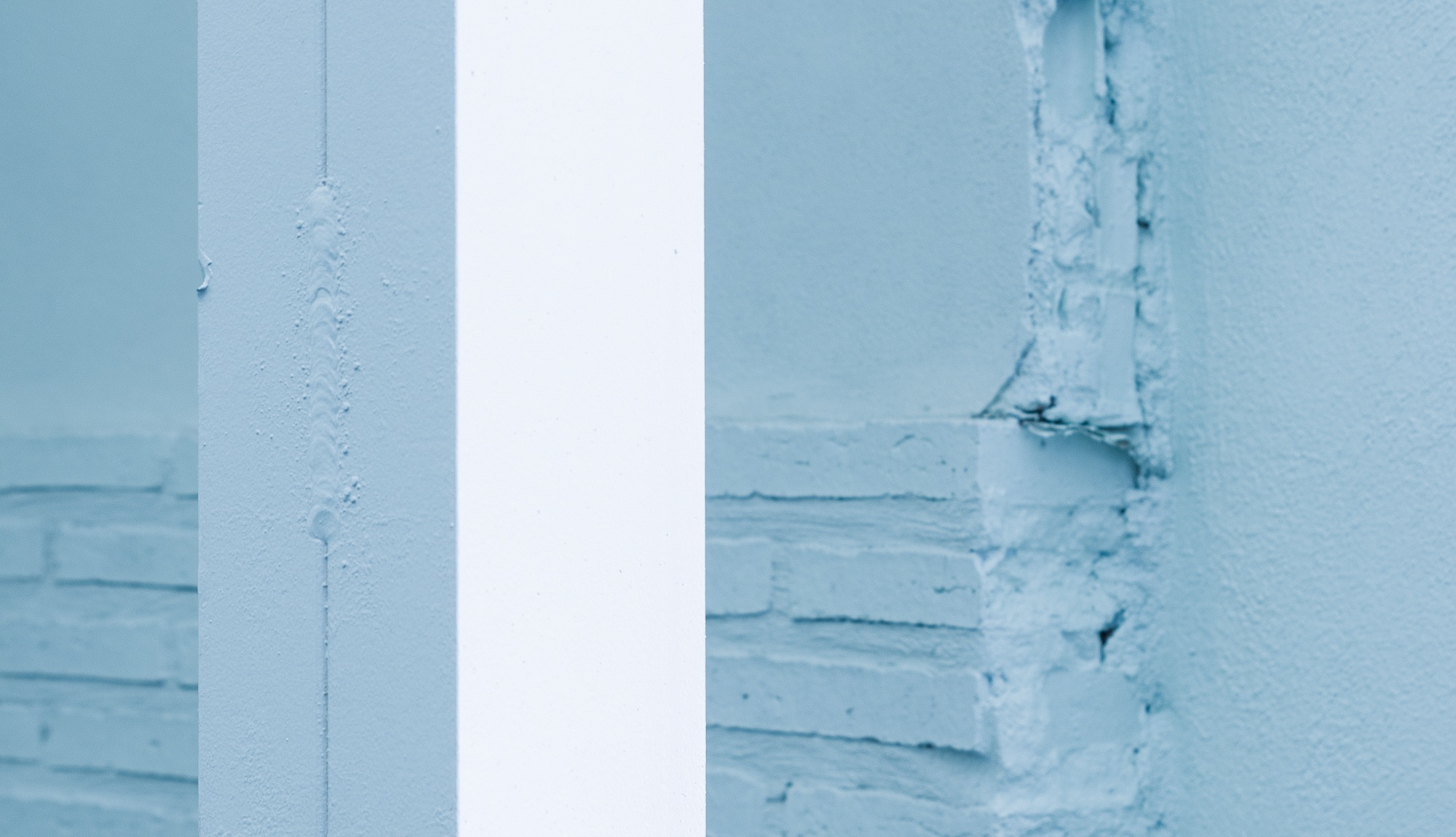
Architect Andrés Jaque’s studio, the Office for Political Innovation, has been in charge of carrying out a series of architectural acupuncture interventions at the museum. These actions, which have been taken to ease the pain in the institution's body at specific points like the façade and the central atrium, have allowed CA2M's architecture to be adapted for the uses assigned to its spaces for different activities and programmes.
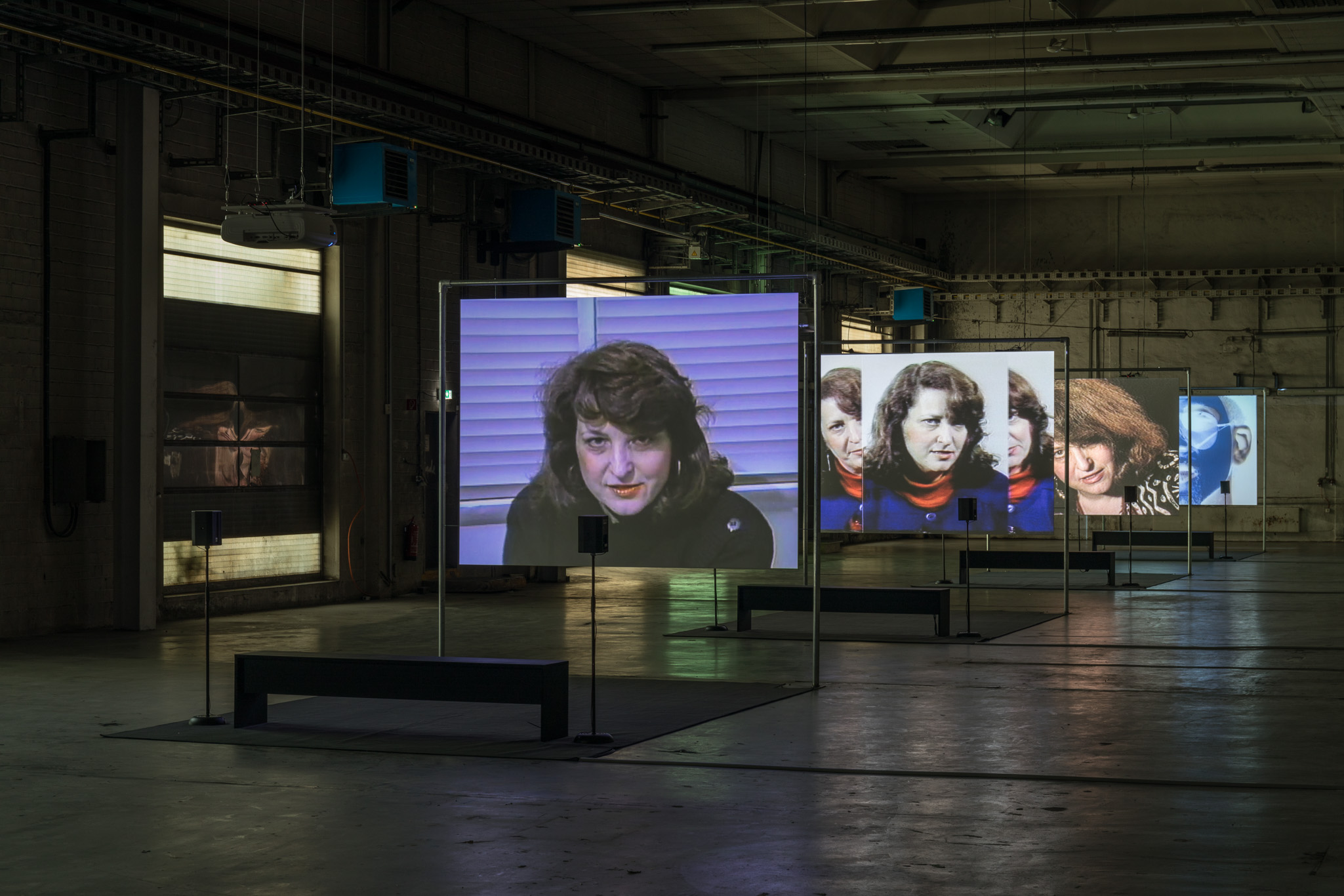
El CA2M Centro de Arte Dos de Mayo de la Comunidad de Madrid inaugura la primera exposición individual en España de la artista Lynn Hershmann Leeson (1941, Cleveland, EE UU). Comisariada por Anna Gritz, y producida con el Kunst Werke de Berlín, la muestra, que lleva por título Primera persona plural, pone el foco en la indagación constante de Hershman Leeson en temáticas de identidad, construcción de género y autodeterminación sexual, y en el desarrollo que la artista hace de esas ideas en íntima relación con los avances tecnológicos y científicos.
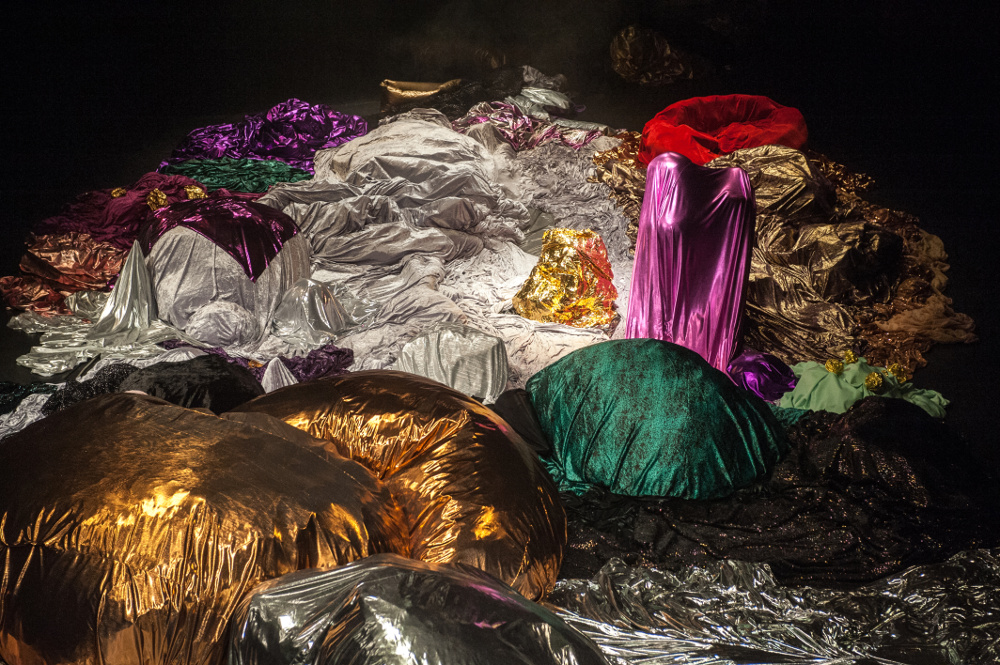
As always, we are caught between desire and appearances, between the wanting and seeming of a Spanish night that does not allow us to see fully. Between the legacy of our historical nostalgia and the present of our histrionic moment, it is in the baroque, in brownish-grey, in oiliness, where we will find ways to negotiate with a painful and elusive tradition.
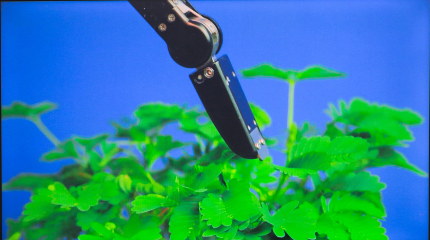
On view in the museum lobby, The Pudic Relation Between Machine and Plant, 2016, a piece by the New York based Portuguese artist Pedro Neves Marques (Lisbon, 1984), consists of a video made with the King’s College Centre for Robotics Research in which a sensitive plant, a Mimosa Pudica, reacts in contact with a robotic arm, closing every time the cyborg limb touches it.
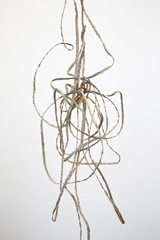
Little animals, ash trays showcases a number of works that came from this facsimile alongside other prior works which are key to Rometti Costales’ artistic worldview. The project imagines a material and unpredictable choreography that allows materials, gestures, space or time to give shape to the unknown.
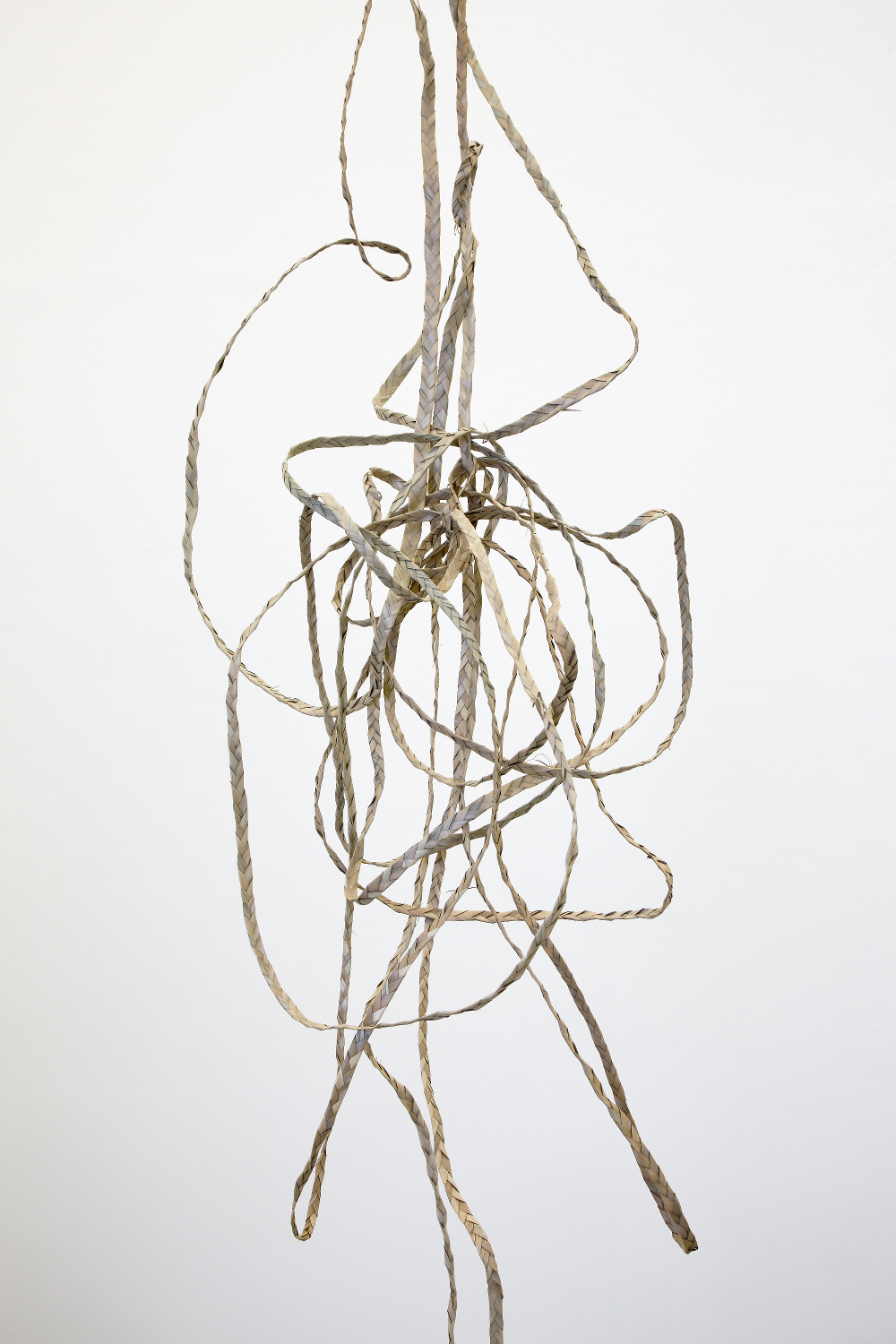
Little Animals, Ash Trays reúne una serie de piezas que son esenciales en el imaginario de los artistas, cuya práctica se caracteriza en lo formal en el empleo de técnicas como el collage, el ready-made – objeto encontrado-, y en lo discursivo se adentra en la ficción, en la antropología crítica y las antologías no occidentales.